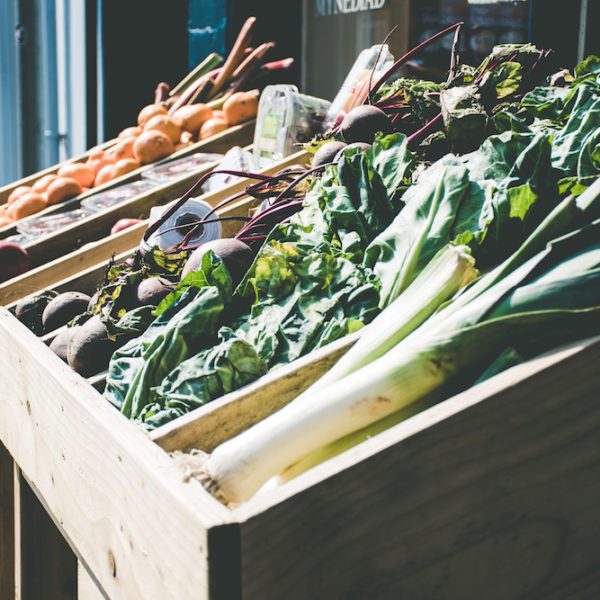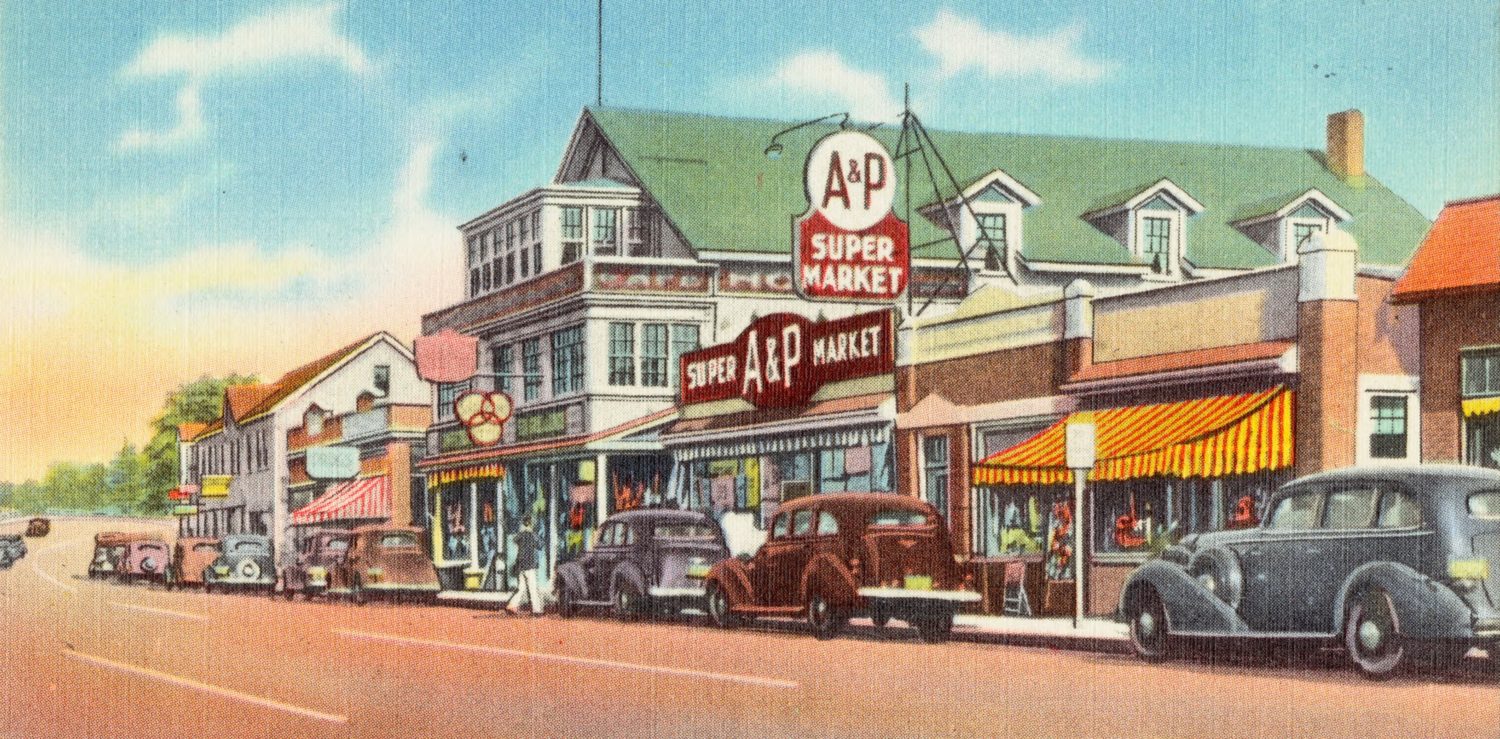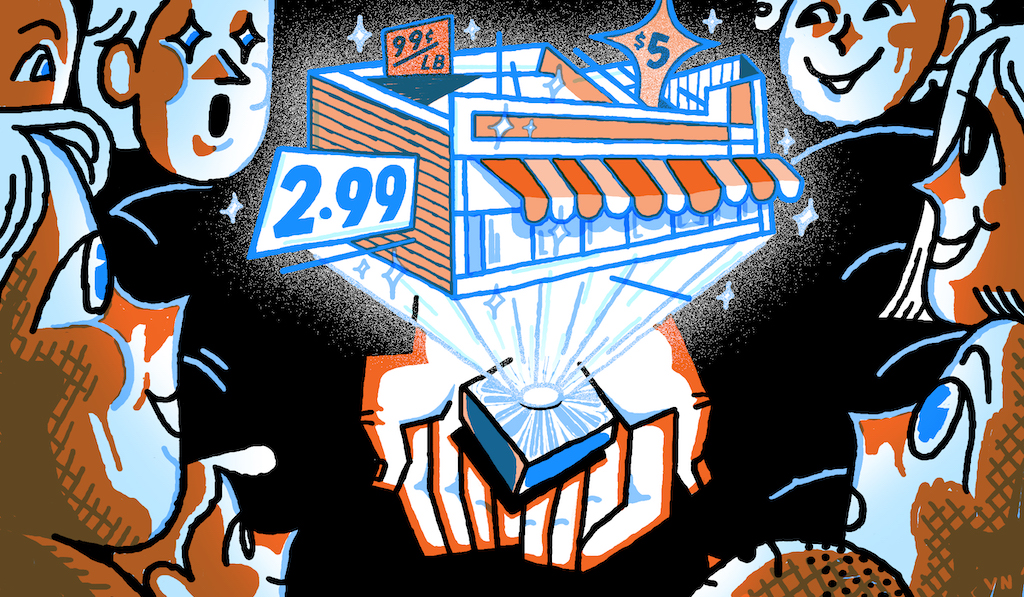
Lisa Fotios
Most observers of the online grocery business think Benzi Ronen is savvier than many of his peers. When the Farmigo founder was in that business, before abruptly abandoning it a couple of months ago, he moved cautiously, at least compared to some others. The former technology executive understands well that food delivery is much more friction-filled than the software business is.
And yet, even for Ronen, the logistics were simply too much. “We think we’re great at building software to solve problems, but we don’t think we’re great at building logistics to solve problems,” he told Food+Tech Connect in July. Ronen did not respond to requests for comment on this story.
“It’s easy to underestimate what it takes to make this business happen on the ground,” says Amy McCann, CEO and co-founder of Local Food Marketplace, a Eugene, Oregon-based provider of back-end technologies for local food vendors, mostly wholesalers. She has no interest in entering the business herself. “We don’t move food,” she says. “It’s just very difficult.”
There have been all kinds of rumors surrounding Farmigo’s sudden pullout from its markets in the Bay Area, Seattle, New York, and New Jersey. It surprised a lot of people, especially because Farmigo had landed a financing round of $16 million just 10 months earlier. There was some speculation that a major investor had pulled out, which Ronen has vehemently denied.
But if we take Ronen at his word, it could be that the problem wasn’t just managing the daunting logistics of getting local food to local people, but the challenge of doing so in several markets around the country, while trying to build up business in all of them at the same time. Compare it to the early Walmart model. It’s as if Farmigo had opened several stores in Bentonville, Arkansas (like Walmart did) and then quickly decided to hopscotch around the country, opening sets of stores in Chicago, Portland, and Miami, with each location relying on totally different supply chains, and totally different labor pools. Except Walmart existed for 18 years, and had 24 stores in Arkansas, before it started expanding into other states in 1968. And when it did expand, the states were, at first, contiguous, so the company could often use the same warehouses, suppliers, and transportation lines.
The Farmigo lesson is not lost on Scott Reich, co-founder of OurHarvest, a farm-to-table service in New York City. “Our plan is not to have a national presence immediately,” he says. For now the company is concentrating on its home base of Long Island, Manhattan, Brooklyn, and Queens. If and when it expands out of the area, it will be into upstate New York, New Jersey, or Connecticut. Such a strategy “allows us to leverage our supplier base on a much larger scale,” he says. “We can grow without having to increase the number of our suppliers.”
And unlike, for example, Good Eggs, OurHarvest avoids having to deal with the most friction-filled link in the supply chain: the so-called “last mile” to customers’ homes. Like Farmigo did, and Relay Foods and some others still do, OurHarvest delivers in bulk to locations that customers pick up from. The company does offer delivery to homes, particularly in more urban locales, but that’s done through a partnership with Uber; OurHarvest itself doesn’t have to manage those logisitcs.
Through its Uber Rush service, Uber acts as a courier for merchants in certain locales. OurHarvest uses it mostly for customers in Brooklyn and Manhattan. Merchants like OurHarvest pay Uber $5 to $7 per delivery, of which drivers get 75 to 80 percent. Customers never have to use the Uber app—they instead select the home delivery option through OurHarvest’s app, select a two-hour time window, and are charged $7 (the first delivery is free of charge). Uber handles the delivery on the backend.
Good Eggs does deliver to homes, and CEO Bentley Hall sees that as a point of pride. When he took over the troubled company in December, he began wringing out inefficiencies across the entire supply chain. Using his background in logistics, Hall improved routing and inventory management systems, and software, and the company has shown improved margins every week for 34 weeks straight, he says. In fact, Good Eggs now makes a profit on every sale. In its previous iteration, it lost on every sale–just as the spectacular failure Webvan did during the dotcom boom.
But Good Eggs made its best decision months before Hall’s arrival: it exited all the markets it was operating in (Los Angeles, New Orleans, New York City), other than its Bay Area base.
“History has shown that great companies have rarely shown up overnight,” says Hall. And one of the biggest mistakes online grocery startups have made has been “scaling too quickly.”
In Farmigo’s original market, the Bay Area, the company was serving only about 1,000 customers a week, a figure that surprised Becky Herbert, who recently acquired Farmigo’s Bay Area business. “That’s not very much,” she says. “And that’s what made it easy for me to buy it.” Herbert will combine her existing customers with Farmigo’s to approximately double the size of her company, Farmhouse Foods (until recently called Eating with The Seasons). If Farmigo had concentrated its efforts on the Bay Area rather than expanding into other promising markets, it no doubt would have had a much larger customer base there.
Herbert will remain a customer of Farmigo’s software platform, which she has been all along. Farmigo started as a builder of software platforms for community supported agriculture, and Ronen has said he’s staying in that business, citing his expertise in software development.
Hall agrees that some Silicon Valley executives and financiers have been shocked by how much friction there is in the grocery delivery business. Software development is almost friction free, and the marginal costs of each sale are minimal. Once a program is written, it can be copied and distributed at nearly zero cost. Compare that to getting a gallon of milk from a cow’s udder to a distributer, to a retailer, and on to a customer, all while keeping it fresh and cold. There are huge costs all along the chain. “The business model is very different” for software vendors and the people who finance them and expect quick returns, Hall notes. In food delivery, “there’s a level of friction that many of them just aren’t used to.”
That doesn’t mean some of these companies can’t grow, and perhaps one day even become national (where they will have to compete with giants like Amazon, Google and big retailers like Walmart, all of which are investing in more organic and locally-grown foods). But for now, Hall is concentrating on his local market. For the next year, he says, he’ll continue improving service in the Bay Area. After that, he’ll start looking at other markets, but none outside of the West Coast. And even that will take three to five years, he says. He won’t name which particular cities he has in mind, but he agreed that Los Angeles and Seattle are “particularly ripe.”










